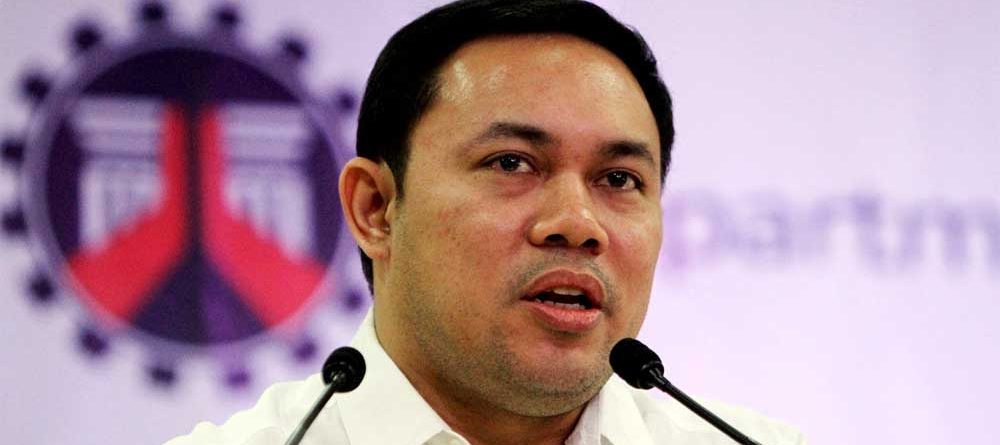DPWH sets pipeline projects
By Myla Iglesias
The Department of Public Works and Highway (DPWH) is tapping a $100-million facility to create a pipeline of major infrastructure projects for the next administration.
Mark Villar, DPWH secretary, said the agency will use the facility from the Infrastructure Preparation and Innovation Facility (IPIF) which is supported by the Asian Development Bank (ADB) to fund the feasibility studies (FS) of these projects.
The completion of FS will help speed up the implementation for the next administration and will ensure the continuity of the Duterte administration’s “Build Build Build” program.
“The FS is the most difficult part of any big ticket project… it takes one year. If there’s an FS… it’s full blown and ready implementation,” Villar said.
The next administration can then conduct the detailed engineering studies for implementation.
Two projects are being pushed by the DPWH for the next administration to adopt. These are the mega bridge program and the Mindanao Road Development Network project.
“We will present (the FS)) to Congress to institutionalize the project,” Villar said.
The Mindanao Road Development Network project will improve the logistics network in growth corridors and conflict affected areas in Mindanao through the construction, rehabilitation and improvement of about 2,847 kilometer of road network in Mindanao.
The Inter-island linkage/ mega bridge program involves building a series of short and long span bridges linking island provinces to eventually connect Mindanao and Visayas to Luzon via land travel.
It involves the construction of 17 short and long span bridges with a total length of 175,650 meters and investment cost of about P1.7 trillion or $32billion.
The major bridges projects includes
Panguil bay bridge, 17.30 km Panay-Guimaras-Negros link bridge, and the Panglao-Tagbilaran City offshore connector bridge.
DPWH is implementing the Metro Manila logistics improvement and the Luzon Spine Expressway network programs to further improved the infrastructure in the country and address the worsening congestion in major roads.
Metro Manila logistics improvement program involves the construction of 12 new bridges crossing the Pasig-Marikina River and the Manggahan Floodway with a total investment cost of P36.48 billion.
He DPWH’s Luzon Spine Expressway network program which aims to construct a total of 888.26 km of high standard highways/expressways in Luzon which is more than twice the 382.26 kilometers of existing expressways.
Once these projects are completed, the travel time from Ilocos to Bicol will be reduced from 19 hours and 40 minutes to 8 hours and 15 minutes.
In a related development, DPWH recently met with representatives of development partner World Bank to discuss new financial and technical assistance to ensure the resilience of critical infrastructure and government buildings in earthquake high-hazard zones.
Villar together with DPWH undersecretary Emil Sadain of the Unified Project Management Office (UPMO) Operations and Technical Services held a series of consultative meetings with the World Bank group.
Sadain highlighted at the meetings the need to work together in dealing with earthquake risk and the importance of preparedness that could mean the difference between life and death, and between property damage or catastrophic loss.
Sadain said in facing the Mega Manila’s vulnerability to large scale earthquake that could be generated by the impending movement of the West Valley Fault known as ‘The Big One’, DPWH came up with an integrated department approach in addressing earthquake resiliency problems.
Villar created an Earthquake Resiliency Program Management Office.
Source: Malaya.Com

